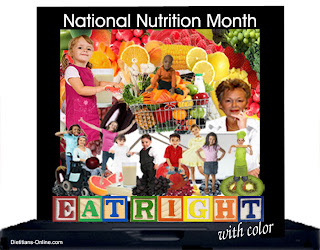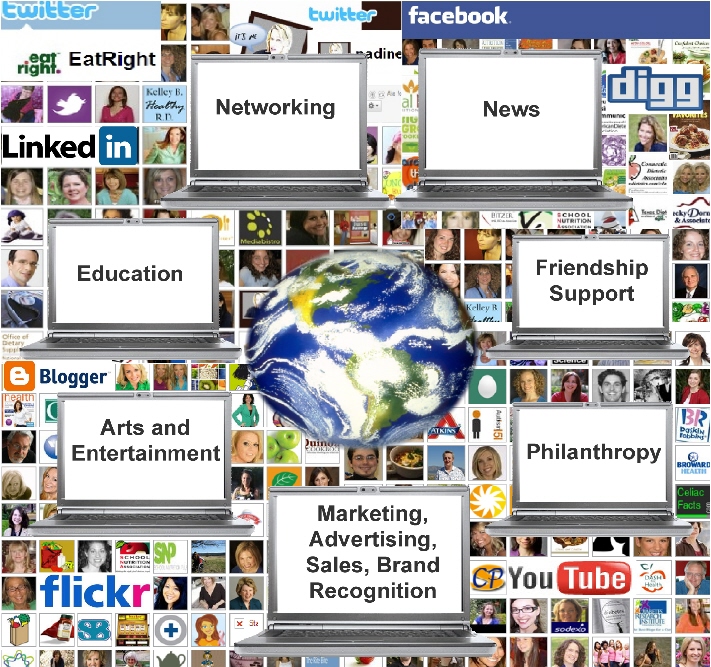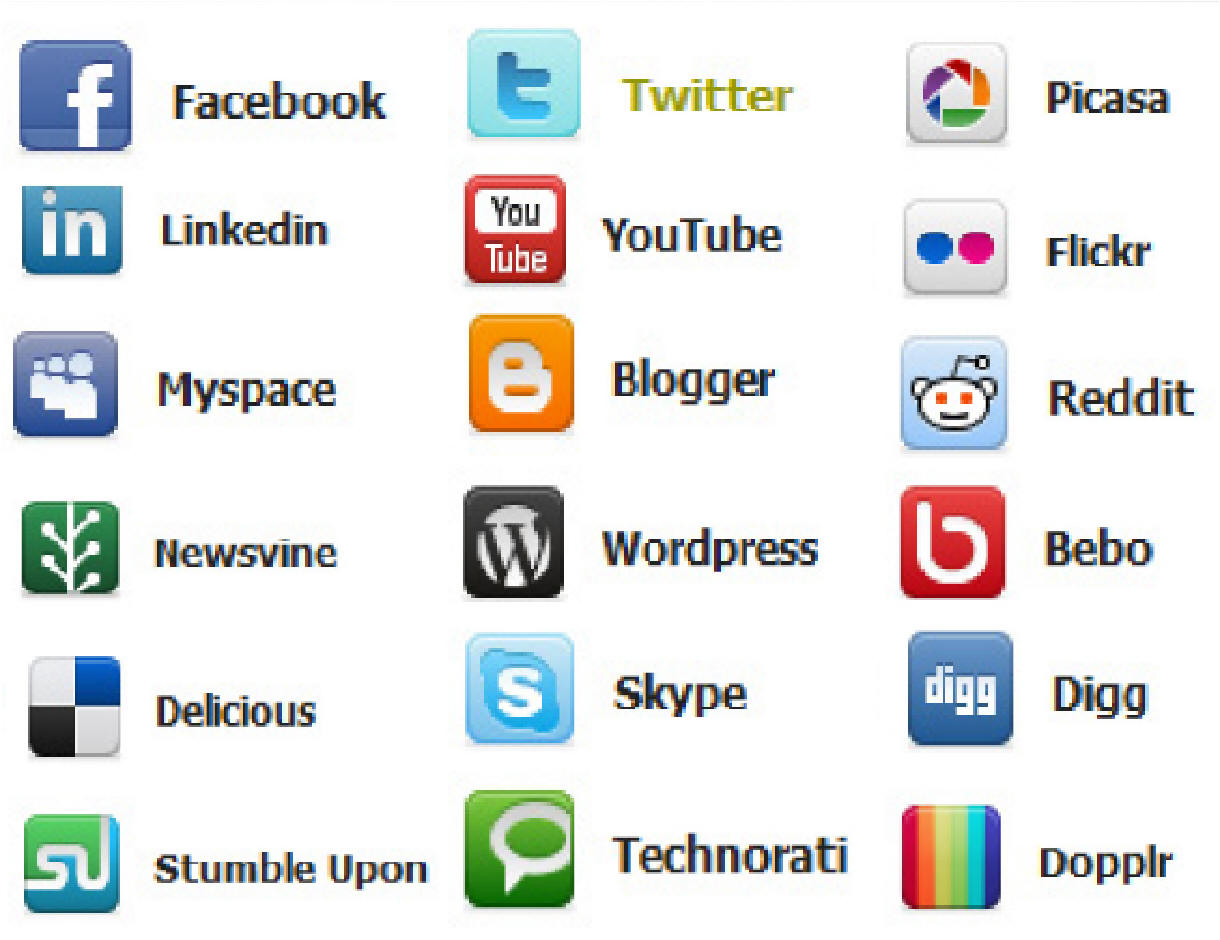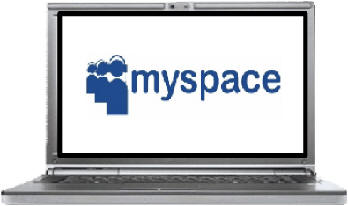The Food Color Challenge celebrates the 2011 American Dietetic Association National Nutrition Month (NNM) theme, "Eat Right with Color." Angela Lemond, a registered and licensed dietitian (AKA “Mommy Dietitian”) created the challenge to encourage public participation and awareness of the numerous nutrients and health benefits of eating foods with many colors.
I read the challenge to the members of our household. To my delight, they wanted to participate. The individuals who share our home come from diverse backgrounds with physical/emotional challenges and/or chronic illnesses, such as Cerebral Palsy, Autism, Seizure Disorders, Cancer & Heart Disease. We function as a family and came together due to medical and financial concerns.
This would be a memorable day. Our first meal together from planning, shopping, preparation to finally sitting down and eating as a family.
Family Members: Sandra Frank, Ed.D, RD, LDN (Camera Person, Narrator, House Mom, and Registered Dietitian); Jake Frank (22 years old; Menu Planner and Taste Tester); Jonathan Cruz (19 years old; Menu Planner and Food Prep); Lance Li (22 years old; Menu Planner, Shopper and Food Prep); David Bradbury, CNA (32 years old; Nurse's Aide and assisted with feeding); Paul Mitchell (40 something years old; Camera Shy).
Our Guests: Michelle Canazaro (22 years old; Food Prep and Taste Tester) and Cory Munce (21 years old; Food Prep and Taste Tester)
Finances
Our goal was to keep the cost around $2.00 per person. We looked for store coupons, specials and purchased store brands when available. We asked our guests to bring a food listed on our menu.
Then a strange miracle occurred. Before I left for the market, I went to get the mail. Someone had sent us a $50.00 Publix gift certificate. Without the gift certificate, the cost per meal was over $3.00 per person and with the gift, we were able to purchase food for a few days.
Adaptations and Individual Preferences

The meal would feed six people, each with unique needs.
My son Jake was born with Cerebral Palsy and is a quadriplegia. He is unable to hold utensils and requires a straw to drink fluids. Finger foods and a weighted cup with a flexi straw usually provide him the most independence.

When purchasing pasta, I look for shapes about one-inch long and easy to hold, such as Rotini (a helix or corkscrew-shaped pasta). As a backup plan, sandwiches are easy to make from most recipes and a perfect finger food.
At times, Jake’s muscles get so tight he requires assistance with feeding. This was one of those times - the day we made our video.
Other considerations, included:
· Vegetarian
· Mechanical Soft or Puree Foods
· Hates Vegetables
· Low Sodium
Food Choices
I gave everyone a picture list of foods with various colors. (Some of our family members are unable to read.) From the list, we prepared our menu. I was pleased to learn, everyone liked spinach (except Michelle, but that would change.)
At times, Jake’s muscles get so tight he requires assistance with feeding. This was one of those times - the day we made our video.
Other considerations, included:
· Vegetarian
· Mechanical Soft or Puree Foods
· Hates Vegetables
· Low Sodium
Food Choices
I gave everyone a picture list of foods with various colors. (Some of our family members are unable to read.) From the list, we prepared our menu. I was pleased to learn, everyone liked spinach (except Michelle, but that would change.)

Fruits and vegetables are foods I try to have readily available everyday and throughout the day. I find when members of our home snack on low calorie - high fiber foods they are less likely to overeat at meals and during the day. The cheese is usually available a few times a week.
Sliced Green and Red Apples
Cheese Cubes, Reduced-fat Cheddar & Monterey Jack
Tri-color Pasta Bar
Directions
1. If using frozen spinach, thaw and drain.
2. Tri-color pasta, cook according to manufacturer’s directions.
3. Dice tomatoes and onions; combine and toss gently; set aside 3/4 cup to use with the salad and/or pasta toppings.
4. Dice bell peppers and add to the salad and topping ingredients.
5. Heat garlic with cooking spray in a saucepan over medium heat. Cook until soft, but not browned.
6. Add onions and tomatoes, continue cooking until soft.
7. Add spinach; toss gently. Cook until the spinach is heated through. Place in a serving dish and reserve 1/2 cup spinach mixture per serving for the following sandwich recipe (Red, White and Green Grilled Cheese).
8. Prepare turkey meatballs and pasta sauce using your favorite recipes.
Serving the Pasta: Create a “Pasta Bar”
1. Place pasta in a large serving bowl.
2. Serve the following sides around the Pasta:
a. Spinach mixture, cooked
b. Diced Tomatoes, Onions and Peppers
c. Shredded Part-skim Mozzarella
d. Turkey Meatballs, 1.5 oz each
e. Shredded Chicken
f. Pasta Sauce
g. Tossed Salad
Nutritional Information:
Tri-color Pasta (without meat). 351 Calories; 17 g Protein; 55 g Carbohydrates; 5.3 g Dietary Fiber; 6.2 g Fat; 15 mg Cholesterol; 3288 IU Vitamin A; 0.6 mg Vitamin B1; 0.4 mg Vitamin B2; 51 mg Vitamin C; 46 mcg Folate; 340 mg Calcium; 3 mg Iron; 648 mg Potassium; 343 mg Sodium
Tri-color Pasta (with meatballs and chicken). 439 Calories; 35 g Protein; 55 g Carbohydrates; 5.3 g Dietary Fiber; 7.9 g Fat; 53 mg Cholesterol; 3295 IU Vitamin A; 0.6 mg Vitamin B1; 0.5 mg Vitamin B2; 51 mg Vitamin C; 47 mcg Folate; 344 mg Calcium; 4 mg Iron; 715 mg Potassium; 382 mg Sodium
Red, White and Green Grilled Cheese
Directions
1. If using frozen spinach, thaw and drain.
2. Tri-color pasta, cook according to manufacturer’s directions.
3. Dice tomatoes and onions; combine and toss gently; set aside 3/4 cup to use with the salad and/or pasta toppings.
4. Dice bell peppers and add to the salad and topping ingredients.
5. Heat garlic with cooking spray in a saucepan over medium heat. Cook until soft, but not browned.
6. Add onions and tomatoes, continue cooking until soft.
7. Add spinach; toss gently. Cook until the spinach is heated through. Place in a serving dish and reserve 1/2 cup spinach mixture per serving for the following sandwich recipe (Red, White and Green Grilled Cheese).
8. Prepare turkey meatballs and pasta sauce using your favorite recipes.
Serving the Pasta: Create a “Pasta Bar”
1. Place pasta in a large serving bowl.
2. Serve the following sides around the Pasta:
a. Spinach mixture, cooked
b. Diced Tomatoes, Onions and Peppers
c. Shredded Part-skim Mozzarella
d. Turkey Meatballs, 1.5 oz each
e. Shredded Chicken
f. Pasta Sauce
g. Tossed Salad
Nutritional Information:
Tri-color Pasta (without meat). 351 Calories; 17 g Protein; 55 g Carbohydrates; 5.3 g Dietary Fiber; 6.2 g Fat; 15 mg Cholesterol; 3288 IU Vitamin A; 0.6 mg Vitamin B1; 0.4 mg Vitamin B2; 51 mg Vitamin C; 46 mcg Folate; 340 mg Calcium; 3 mg Iron; 648 mg Potassium; 343 mg Sodium
Tri-color Pasta (with meatballs and chicken). 439 Calories; 35 g Protein; 55 g Carbohydrates; 5.3 g Dietary Fiber; 7.9 g Fat; 53 mg Cholesterol; 3295 IU Vitamin A; 0.6 mg Vitamin B1; 0.5 mg Vitamin B2; 51 mg Vitamin C; 47 mcg Folate; 344 mg Calcium; 4 mg Iron; 715 mg Potassium; 382 mg Sodium
Red, White and Green Grilled Cheese
From the cookbook, “Keep the Beat Recipes” developed for the National Heart, Lung, and Blood Institute (NHLBI). The cookbook also includes information on cooking, nutrition, and feeding children (including picky eaters). A free copy of the cookbook is available on the NHLBI website.
Directions
1. Preheat oven to 400 ºF. Place a baking sheet in the oven to preheat for about 10 minutes.
2. Assembling the Sandwich
a. Take one slice whole wheat bread and top with 1/2 cup Spinach mixture, cooked and cooled from the recipe above.
b. Top with 1/4 cup Part-skim Mozzarella Cheese
c. Cover with second slice of whole wheat bread.
3. Use cooking spray on the preheated nonstick baking sheet.
4. Place the sandwich(es) on the baking sheet.
5. Bake for about 4 to 6 minutes or until the bottom starts to brown.
6. Carefully turn the sandwich over and bake for an additional 3 to 4 minutes or until both sides are browned.
7. Serve immediately.
Nutritional Information: 283 Calories; 16 g Protein; 37 g Carbohydrates; 7.3 g Dietary Fiber; 7 g Fat; 15 mg Cholesterol; 4273 IU Vitamin A; 0.3 mg Vitamin B1; 0.3 mg Vitamin B2; 17 mg Vitamin C; 51 mcg Folate; 333 mg Calcium; 3 mg Iron; 597 mg Potassium; 470 mg Sodium
2. Assembling the Sandwich
a. Take one slice whole wheat bread and top with 1/2 cup Spinach mixture, cooked and cooled from the recipe above.
b. Top with 1/4 cup Part-skim Mozzarella Cheese
c. Cover with second slice of whole wheat bread.
3. Use cooking spray on the preheated nonstick baking sheet.
4. Place the sandwich(es) on the baking sheet.
5. Bake for about 4 to 6 minutes or until the bottom starts to brown.
6. Carefully turn the sandwich over and bake for an additional 3 to 4 minutes or until both sides are browned.
7. Serve immediately.
Nutritional Information: 283 Calories; 16 g Protein; 37 g Carbohydrates; 7.3 g Dietary Fiber; 7 g Fat; 15 mg Cholesterol; 4273 IU Vitamin A; 0.3 mg Vitamin B1; 0.3 mg Vitamin B2; 17 mg Vitamin C; 51 mcg Folate; 333 mg Calcium; 3 mg Iron; 597 mg Potassium; 470 mg Sodium
Fruit Kebab
Directions
1. Purchase disposable wooden skewers. With young children or people with limited hand and arm mobility, cut the pointed tips off and seal securely with tin foil or a soft material to prevent injury.
2. Purchase enough fruit to yield about 3/4 cup per person.
3. Choose a variety of fruits and cut into slices, wedges or chunks. Grapes and strawberries use whole.
4. Place the pieces of fruit on the skewer to create a colorful arrangement.
5. “Enjoy the fruits of your labor”.
2. Purchase enough fruit to yield about 3/4 cup per person.
3. Choose a variety of fruits and cut into slices, wedges or chunks. Grapes and strawberries use whole.
4. Place the pieces of fruit on the skewer to create a colorful arrangement.
5. “Enjoy the fruits of your labor”.
Nutritional Information: 43 Calories; 0.6 g Protein; 11 g Carbohydrates; 1.2 g Dietary Fiber; 0 g Fat; 0 mg Cholesterol; 877 IU Vitamin A; 21 mg Vitamin C; 11 mg Calcium; 0.2 mg Iron; 165 mg Potassium; 6 mg Sodium
Fruit Smoothie, 2 servings
Directions
1. Place in blender the following ingredients:
1/2 cup Skim Milk
1 cup low fat ice cream or frozen yogurt
2. Cover and blend the milk and ice cream
3. Add 1 to 1-1/2 cups of assorted fruit. Remove large pits from fruit and if using an orange, remove the peel before placing in the blender.
4. Cover and puree until smooth. Pour into glasses to serve.
Nutritional Information: 170 Calories; 7 g Protein; 30 g Carbohydrates; 1.2 g Dietary Fiber; 3 g Fat; 15 mg Cholesterol; 1270 IU Vitamin A; 0.1 mg Vitamin B1; 0.1 mg Vitamin B2; 19 mg Vitamin C; 46 mcg Folate; 213 mg Calcium; 0.3 mg Iron; 255 mg Potassium; 110 mg Sodium
1/2 cup Skim Milk
1 cup low fat ice cream or frozen yogurt
2. Cover and blend the milk and ice cream
3. Add 1 to 1-1/2 cups of assorted fruit. Remove large pits from fruit and if using an orange, remove the peel before placing in the blender.
4. Cover and puree until smooth. Pour into glasses to serve.
Nutritional Information: 170 Calories; 7 g Protein; 30 g Carbohydrates; 1.2 g Dietary Fiber; 3 g Fat; 15 mg Cholesterol; 1270 IU Vitamin A; 0.1 mg Vitamin B1; 0.1 mg Vitamin B2; 19 mg Vitamin C; 46 mcg Folate; 213 mg Calcium; 0.3 mg Iron; 255 mg Potassium; 110 mg Sodium
Memorable Moments
Michelle. “The tri-color pasta is great.” (Even after I told her, spinach was one of the ingredients.) We laughed and Michelle said, “I guess I must like spinach.”
Lance. “I never realized there were so many healthy foods that look and taste good.”
Jonathan. “I think lemonade is the healthiest drink in the world.”
Cory. ”I’ll have a little bit of pasta; I’m full from making the fruit kebabs.”
Jake. “Mom - You haven’t cooked since I was a baby. This is good; can we do it again?”
David. “This is beautiful watching the kids help plan and prepare a healthy meal together.”
Paul. “I can’t believe you got everyone involved.”
Sandra. I’ve always worried what would happen to Jake once I was gone, but as I looked around the room I saw laughter, friendship and new family connections being formed. Yes, this was a memorable day, so rich in beautiful colors and endless possibilities.
Prepared by
http://www.dietitians-online.com/
http://www.weighing-success.com/
Wellness News (www.weighing-success.com/WellnessNews.html)
http://www.wheelchair-connection.com/
Sandra Frank, Ed.D, RD, LDN
Jake Frank
Lance Li
http://www.dietitians-online.com/
http://www.weighing-success.com/
Wellness News (www.weighing-success.com/WellnessNews.html)
http://www.wheelchair-connection.com/
Sandra Frank, Ed.D, RD, LDN
Jake Frank
Lance Li
Jonathan Cruz
Michelle Canazaro
Cory Munce
Michelle Canazaro
Cory Munce















































